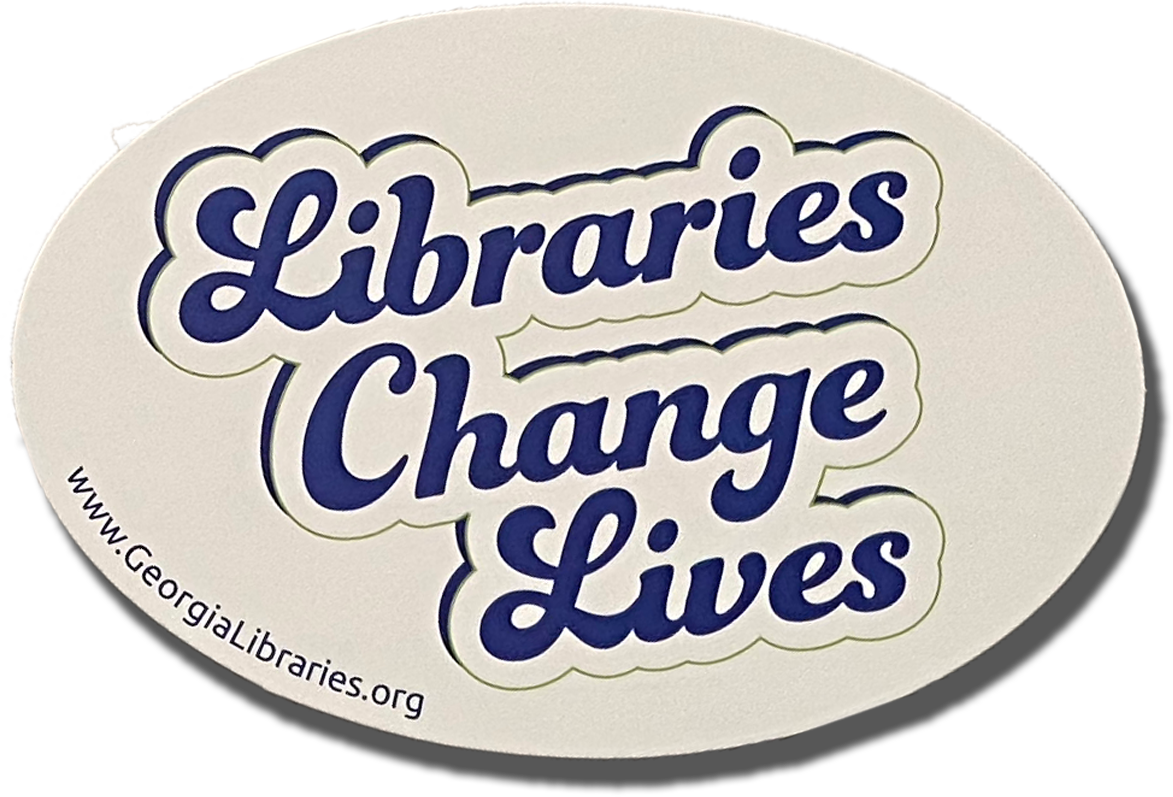Five Steps to Getting Started with Genealogy
1. Start with what you know–YOU!
Begin by filling out an ancestral chart with the information you already know about yourself, and if possible, your parents, grandparents, and great-grandparents. Note where you are missing information.
2. Decide what you want to learn.
Are you looking to research your pedigree as far back in time as possible? Are you looking for a particular relative? Do you want to find adoption records or scrutinize DNA results? Understanding the question will help you define your research goals.
3. Work your way backwards through time.
Avoid the temptation to jump back to a specific point in time. If you can get your family history back to 1940 (and soon, 1950!), you can begin working your way backwards through the U.S. Census records to locate your ancestors and relatives. Take copious notes of what you discover and be sure to look at the actual records and not just the database’s index of the information–remember, transcribers make mistakes, too!
4. Analyze the records.
Remember the adage, “Don’t believe everything you read?” It applies to genealogy, too! Once you’ve reviewed the available records and your own notes about them, it’s time to evaluate that information. Ask lots of questions! Don’t know where to start? Follow these three steps and see where they lead you.
5. Draw conclusions and do it all again!
Now that you’ve performed your research and analyzed your results, you’re ready to draw some preliminary conclusions. At this point you may have an answer to your research question (lucky you!), or (more likely) you have a million new questions. It’s normal to have lots of qualifiers in your conclusion, such as “This John Doe in Springfield is probably my great-great grandfather because of XYZ evidence.” Confused? Check out Elizabeth Shown Mills’ book, Evidence Explained, from your local library!



